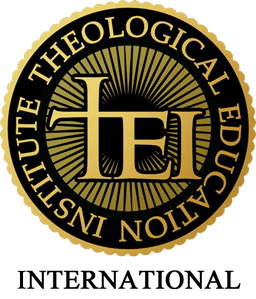Notes on the Sociology of Religion (1)
John C. Rankin (2008)
Albanese, Catherine L., America: Religions and Religion (Belmont, CA: Wadsworth Publishing Co., 1992), Introduction, pp. 1-11.
_________________
- Background: Chestnut Hill College, Duquesne University, University of Chicago (1972, Ph.D., American Religious History; widely published, esp. textbook, America: Religions and Religion (4th ed. 2006)
- Starting point: metaphor of the elephant and a group of blind man.
- Application: nobody will ever know the whole story.
- Challenge of defining religion: a) difficulty due to plurality of “religions” and their variety of definitions; definition of “definition,” w/Latin root finis, = end, limit, boundary; c) religion (not etymologically defined here) thrives inside and outside boundaries; d) religion arose in needing to deal w/boundaries; e) ritual, the unknown, “otherness.”
- Two kinds of religion: a) ordinary: synonymous w/culture; at home with the way things are; b) extraordinary: helps people transcend beyond culture and everyday concerns; universal statements that move beyond the pedestrian; and “ecstasy,” the “other side.”
- Religious System: a) creeds; b) codes of behavior; c) cultus or rituals; d) communities.
- Conclusion: a) “Religion here can be understood as a system of symbols (creeds, codes, cultus) by means of which people (a community) orient themselves in the world with reference to both ordinary and extraordinary powers, meanings, and values” (p.11).
- Critique: a) extrinsic observations only.
###


